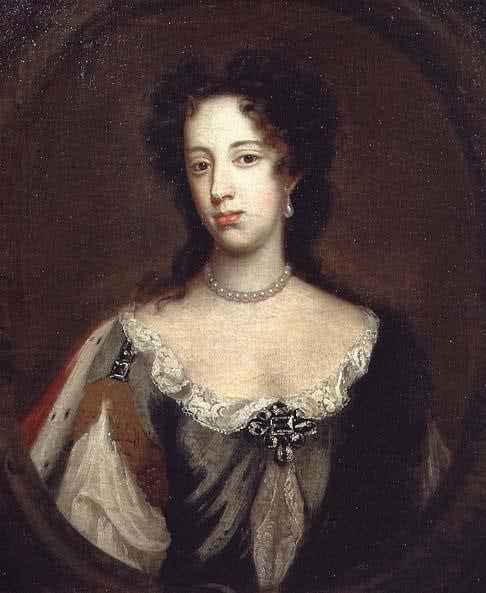
Willem Wissing
Portrait of Mary of Modena, second wife of James II, 1670s
Oil on canvas
30 x 25 inches (76.2 x 63.5 cm)
Philip Mould & Co.
To view all current artworks for sale visit philipmould.com The Pope had deflected Mary from her original intention of entering a convent, knowing that she would be of more...
To view all current artworks for sale visit philipmould.com
The Pope had deflected Mary from her original intention of entering a convent, knowing that she would be of more service to the Catholic Church as a consort to James Duke of York, heir presumptive to King Charles II. The Duke of York already had two daughters by his first marriage-Mary and Anne, both future Queens of England- but no sons, and it was clear that with a Catholic male heir James might, when King, be able to effect the reconversion of England.
This purpose was to drive a great wedge between the Duke and Duchess of York and English popular opinion. Mary's great personal charm was to be of no use in countering the country's suspicion of her husband. The birth of a son, James Stuart, three years after the Duke's accession as King James II precipitated the Glorious Revolution, in which opponents of the King invited the landing of William of Orange to defend the Protestant religion. From then, until her death in 1718, Mary of Modena's life was spent in exile from Britain, ceaselessly promoting the cause of her husband and, from 1701, her son in their fruitless attempts to regain the throne.
The Pope had deflected Mary from her original intention of entering a convent, knowing that she would be of more service to the Catholic Church as a consort to James Duke of York, heir presumptive to King Charles II. The Duke of York already had two daughters by his first marriage-Mary and Anne, both future Queens of England- but no sons, and it was clear that with a Catholic male heir James might, when King, be able to effect the reconversion of England.
This purpose was to drive a great wedge between the Duke and Duchess of York and English popular opinion. Mary's great personal charm was to be of no use in countering the country's suspicion of her husband. The birth of a son, James Stuart, three years after the Duke's accession as King James II precipitated the Glorious Revolution, in which opponents of the King invited the landing of William of Orange to defend the Protestant religion. From then, until her death in 1718, Mary of Modena's life was spent in exile from Britain, ceaselessly promoting the cause of her husband and, from 1701, her son in their fruitless attempts to regain the throne.
Be the first to hear about our available artworks
* denotes required fields
We will process the personal data you have supplied in accordance with our privacy policy (available on request). You can unsubscribe or change your preferences at any time by clicking the link in our emails.